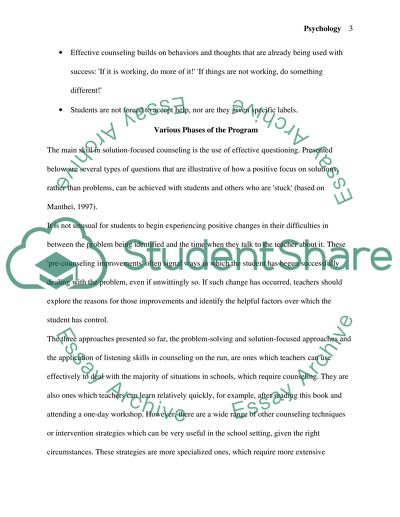Cite this document
(The Group Counseling Programs Report Example | Topics and Well Written Essays - 1750 words, n.d.)
The Group Counseling Programs Report Example | Topics and Well Written Essays - 1750 words. https://studentshare.org/psychology/1518976-special-needs-report
The Group Counseling Programs Report Example | Topics and Well Written Essays - 1750 words. https://studentshare.org/psychology/1518976-special-needs-report
(The Group Counseling Programs Report Example | Topics and Well Written Essays - 1750 Words)
The Group Counseling Programs Report Example | Topics and Well Written Essays - 1750 Words. https://studentshare.org/psychology/1518976-special-needs-report.
The Group Counseling Programs Report Example | Topics and Well Written Essays - 1750 Words. https://studentshare.org/psychology/1518976-special-needs-report.
“The Group Counseling Programs Report Example | Topics and Well Written Essays - 1750 Words”. https://studentshare.org/psychology/1518976-special-needs-report.


